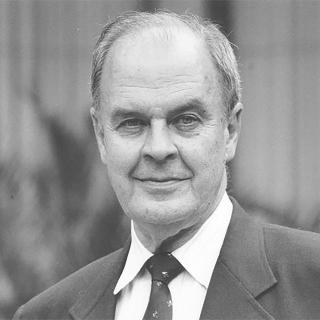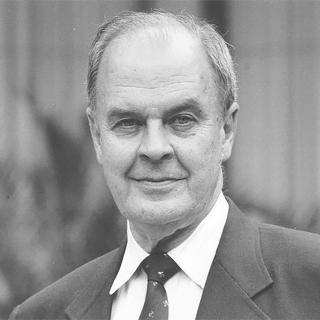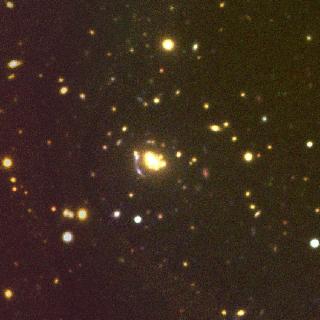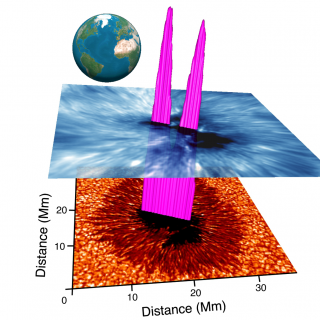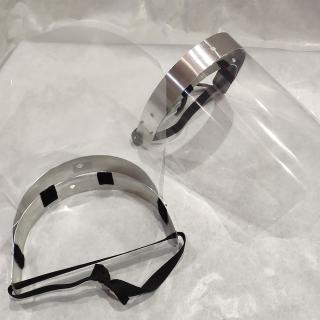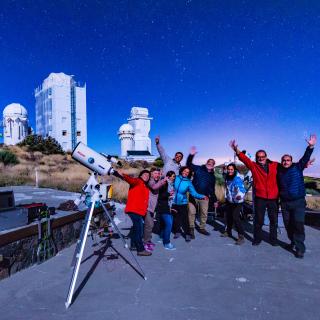
Gracias a este proyecto educativo, más de 200 profesores se han formado ya en los distintos cursos ofrecidos y han realizado actividades con 7.700 estudiantes de Primaria, Secundaria, Bachillerato y Formación Profesional en 90 centros escolares de Tenerife. En 2018 se inauguraba oficialmente el proyecto “CosmoLAB: El Sistema Solar como laboratorio en el aula” (https://www.iac.es/es/divulgacion/noticias/cosmolab-el-sistema-solar-co…), desarrollado por el Instituto de Astrofísica de Canarias (IAC) y financiado por el Cabildo de Tenerife, a través del programa Tenerife
Advertised on
